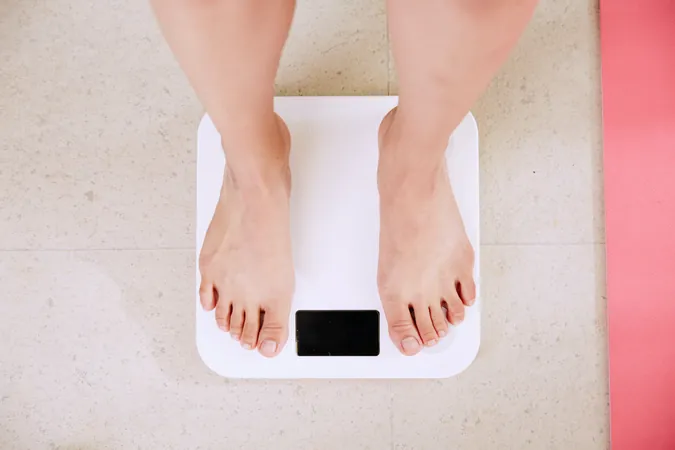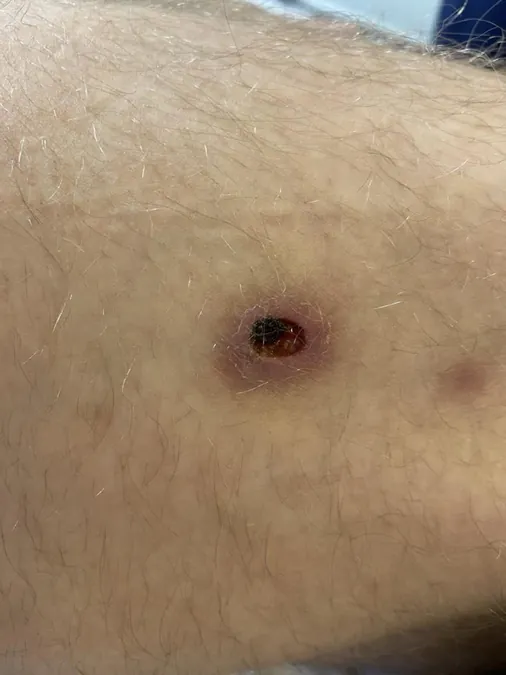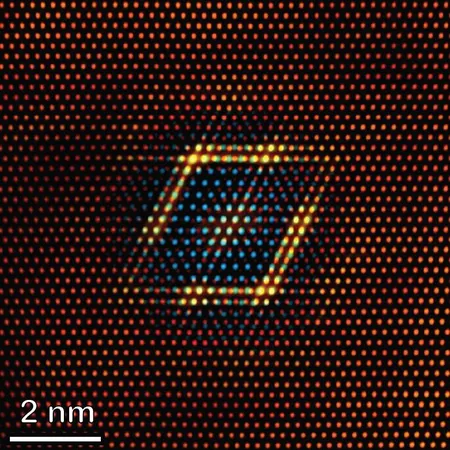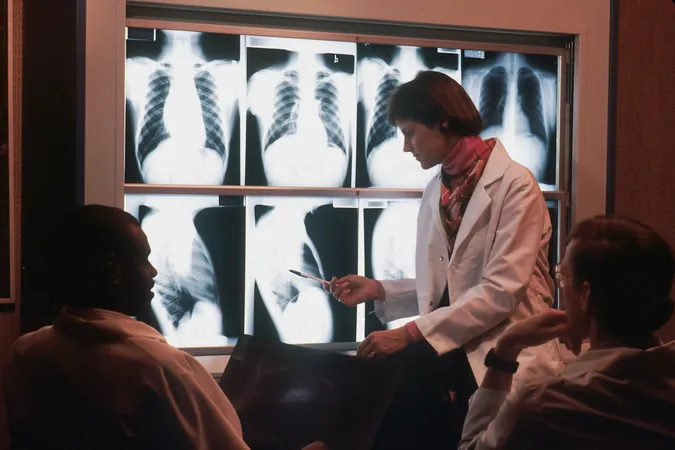
Revolutionary New Method 'Paints' GLP-1 Drugs onto Antibodies: A Game Changer for Diabetes and Weight Loss?
2025-03-23
Author: Ming
Introduction
In a groundbreaking development in diabetes treatment and obesity management, researchers have unveiled an innovative method for drug delivery that could drastically improve the effectiveness of glucagon-like peptide-1 (GLP-1) receptor agonists. These peptide-based therapeutics are already well-known for their effectiveness in managing diabetes and aiding weight loss, but high costs and shortages have hampered accessibility for many patients. What if there's a way to make these treatments both more effective and affordable?
The Innovative Method
Recent research indicates that scientists have developed a system capable of 'painting' GLP-1 peptides directly onto antibodies, thus enhancing their delivery and function within the body. This cutting-edge technique has shown promising results in preclinical studies involving mice, resulting in sustained weight loss and improved blood sugar control with a dose of GLP-1 pharmacologically smaller than what is currently standard.
Key Contributions and Findings
Bradley Pentelute, a professor of chemistry at the Massachusetts Institute of Technology (MIT), is leading this revolutionary research. He presented the findings at the American Chemical Society’s Spring 2025 meeting held in San Diego. During his presentation, he explained how their technology not only maintains the peptides’ effectiveness but also minimizes the degradation traditionally seen in the human body due to enzymes.
Challenges with Conventional Approaches
Conventional approaches to peptide-based therapies often involve fusing GLP-1 with immunoglobulin G (IgG) antibodies. While this method has proven effective, it is fraught with challenges such as high costs due to the extensive laboratory processing required to modify the antibodies for individual patients.
In Vivo Antibody Painting
Pentelute's innovative solution, termed in vivo antibody painting, allows for attaching GLP-1 receptor agonists directly to IgGs inside the body. This technique utilizes a specialized peptide—comprising three essential regions: a binder to attach to the IgG, a payload to carry the GLP-1, and a reactive region that covalently binds the drug onto the antibody.
Laboratory and Animal Testing Results
In laboratory tests, nearly 50% of IgGs effectively attached GLP-1 receptor agonists when the body temperature was maintained at 98.6°F (37°C). Subsequent tests on mice with type 2 diabetes and obesity revealed that a single application of this method resulted in remarkable outcomes. The mice not only managed their blood glucose levels effectively but also experienced significant weight loss lasting up to 15 days.
Potential Impact and Future Directions
Excitingly, the amounts required for effective treatment via antibody painting are significantly less than traditional doses, making this method a potential game-changer in peptide drug delivery.
Ongoing Research and Broader Applications
The study's findings are detailed in a preprint article on bioRxiv, which is undergoing peer review. In his ACS presentation, Pentelute also mentioned ongoing research aiming to expand the application of this technology for creating antibody-drug conjugates targeted for cancer treatment, highlighting its versatility and potential across various therapeutic areas.
Conclusion
With such promising advancements, the future of peptide-based therapies might not only become more accessible due to reduced costs but also see enhanced efficacy, paving the way for new hope for diabetes patients and those struggling with obesity. Stay tuned as this thrilling research unfolds, potentially changing the landscape of medical treatments forever!



 Brasil (PT)
Brasil (PT)
 Canada (EN)
Canada (EN)
 Chile (ES)
Chile (ES)
 Česko (CS)
Česko (CS)
 대한민국 (KO)
대한민국 (KO)
 España (ES)
España (ES)
 France (FR)
France (FR)
 Hong Kong (EN)
Hong Kong (EN)
 Italia (IT)
Italia (IT)
 日本 (JA)
日本 (JA)
 Magyarország (HU)
Magyarország (HU)
 Norge (NO)
Norge (NO)
 Polska (PL)
Polska (PL)
 Schweiz (DE)
Schweiz (DE)
 Singapore (EN)
Singapore (EN)
 Sverige (SV)
Sverige (SV)
 Suomi (FI)
Suomi (FI)
 Türkiye (TR)
Türkiye (TR)
 الإمارات العربية المتحدة (AR)
الإمارات العربية المتحدة (AR)